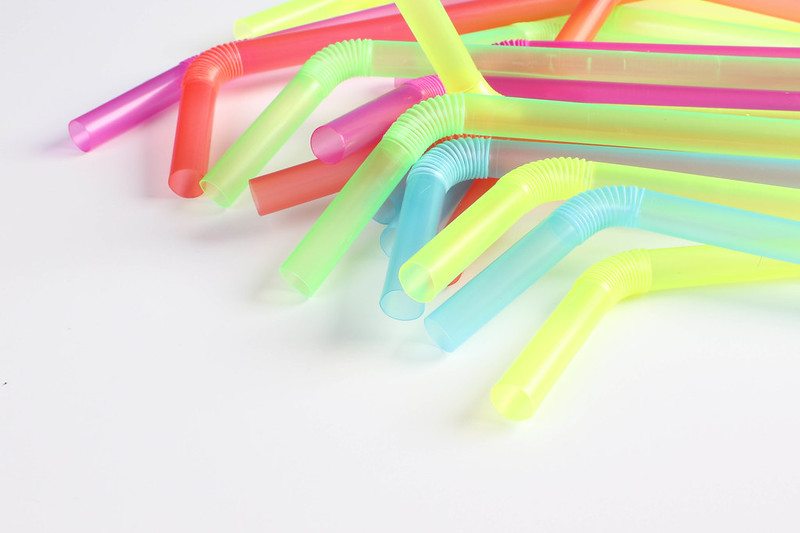Excerpt:
Plastic straws used to be “environmental enemy number one.” Was the fight against them in vain?
The video begins with a close-up of the turtle’s head, its dark-green, pebbled skin out of place against the stark-white boat deck. Nathan Robinson’s hands approach, moving the pliers toward the turtle’s nostril. The tool clamps down on the edge of something—a barnacle? a worm?—barely visible within the dark tunnel. The creature squirms and dribbles blood as the pulling begins. A long, thin object begins to emerge, inch by excruciating inch.
It was August 10, 2015, and marine conservation biologist Christine Figgener was collecting data for her PhD a few kilometers off the coast of Guanacaste, Costa Rica. She and Robinson were researching olive ridley sea turtles when they noticed a male had something encrusted in its nose. The pair decided to try to extract the object. Robinson flipped open his Swiss army knife’s pliers and Figgener grabbed her phone and began to film.
“We had no idea what we were frigging looking at,” Figgener says in a newer, annotated version of the video. It wasn’t until one of the researchers cut off a piece of the object that they realized what it was: a 10-centimeter piece of plastic straw.
“We couldn’t believe that such a mundane object that we really use on a daily basis … that we found it in the turtle’s nose … that a tiny object caused so much suffering,” she says in the video.
When Figgener uploaded the turtle straw video to her YouTube account eight years ago, it went viral. For a few years, plastic straws were the trendy rallying cry for sustainability. In many ways, the campaign was a success story—one that elevated our awareness of single-use plastics to the point where it resulted in actual policy change. But upon reflection, not all the solutions that spun out of the anti-straw movement actually held water. In recent years, many environmental pundits have focused on the movement’s shortcomings.
To many environmentalists fighting plastic pollution, anti-straw advocacy now feels passé—out of touch with the broader need to address all forms of single-use plastic. But the movement’s rise and fall still holds lessons for the activists of today.
From soda bottles to yogurt containers, there is a lot of plastic pollution out there. So how did we end up so obsessed with straws?
The anti-plastic straw movement didn’t actually originate with Figgener’s turtle video. Back in 2011, a nine-year-old named Milo Cress found it odd that the restaurants he would go to with his mom in Burlington, Vermont, would automatically serve drinks with a straw, whether or not their customer wanted one. He approached the owner of Leunig’s Bistro and Café in Burlington, and eventually, Leunig’s became one of the first establishments in the country to ask customers whether they wanted a straw or not…









